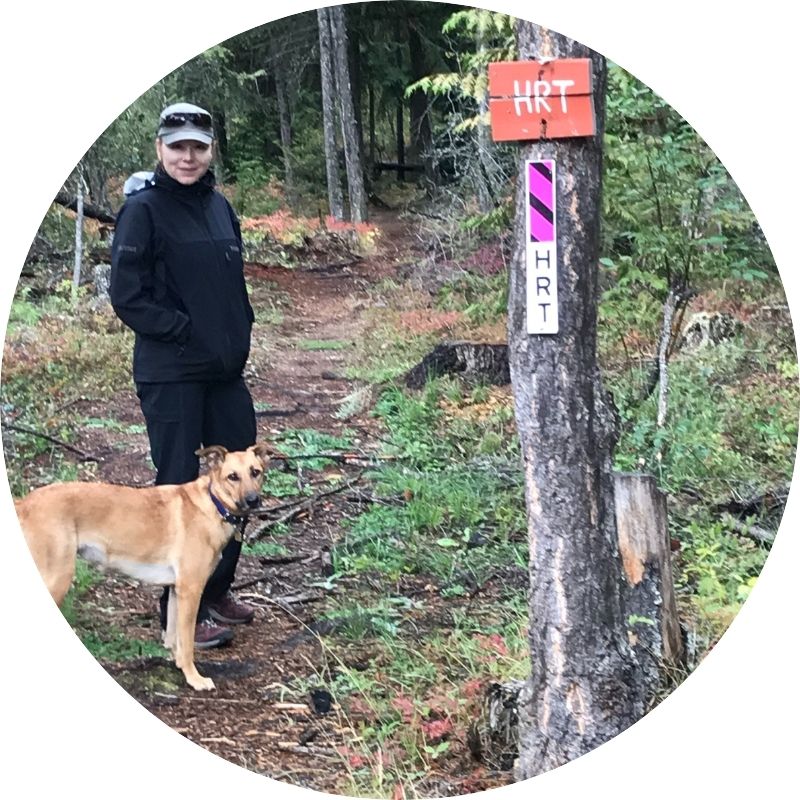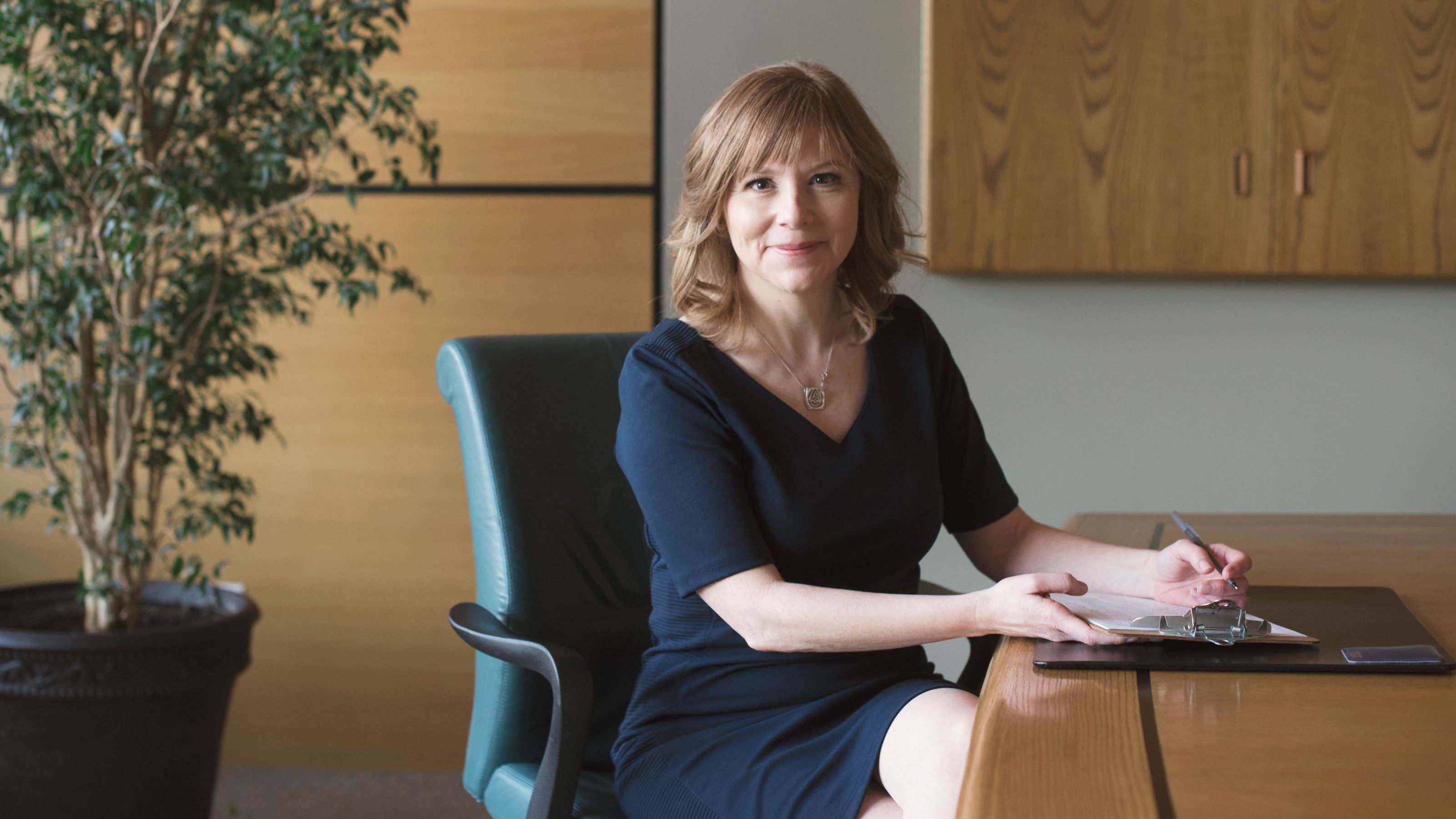In honour of the National Day of Mourning for workers killed or injured on the job, I want to share a story that guides my work as AVP, Human Resources, Health, Safety and Environment. I hope it will resonate for all of us in the U of A community as we improve our commitment to safety and culture to care.
During my time in a previous workplace, I was at home one Saturday when an emergency call came in from work. An 18-year old young man had been caught in the machinery at one of the company’s mills. Despite emergency efforts, he died shortly afterward.
An 18-year old man. A boy, really. At the beginning of his life. His dreams, his plans… all still ahead of him.
His name was Bradley. He loved hockey. He was well liked. He had a big family, lots of friends, a girlfriend he adored. He was planning to become a civil engineer. He was at the very beginning of his adventure.
He left behind a space that will never be filled. Every family milestone and important occasion will never be quite right again. Someone will be missing. And those who loved him the most will feel that emptiness for the rest of their lives.
An 18-year old boy.
I was the VP of Human Resources. I was part of the leadership team responsible for creating a safe workplace.
That day when the call came in I had to work. We needed to support his family. We needed to support his colleagues, especially those who had been on the scene when it happened. We needed to understand what had gone wrong and what we could share. But my mind and heart were full of unbearable sadness, the devastation that will be with his family forever. My mind and heart were full of what I could have done differently to keep this from happening.
In the days that followed, many began to refer to Bradley’s death as “a safety incident.”
A safety incident.
That’s not what his mother calls it. Or the supervisor who found Bradley, and who will think of it and what he could have done differently every day for the rest of his life.
Bradley died nine years ago. I think of him often. The loss of that young life reminds me to work hard to ensure a safe culture, to be disciplined, to lead, and to never lose sight of what safety really means.
It can be tempting to think of safety practices as bureaucratic. Checklists and repetitive tasks and some mystical compliance orders that no one really understands.
But there are lives and families and colleagues that care about one another behind those checklists. And a lot of them work with me in the HSE department.
Now I’m not asking you for safety inspections and processes to be met with eager enthusiasm. Even I know that’s too much to ask. But I DO ask that you take a moment to consider the real meaning of safety in our workplace and in our university community. And your role as leaders, to be setting an example not just for our teams, but for our students — the next generation of leaders — to understand and embed the importance of safety.
You can help create a safe environment for everyone. You can help ensure everyone goes home at night to their families and gets a chance to fulfill their plans and dreams.
Think of Bradley. Think of the care I know you have for your colleagues. Think of how you can be the one to make a difference today.
The Dalai Lama once said:
We may sometimes feel that we can’t do much as individuals, but humanity is made up of individuals; together we can make a difference. As individuals, we can influence our own families. Our families can influence our communities and our communities can influence our nations.
Safety is up to each of us, every day.
I hope that Bradley’s story gives you some insight into the reason I and our safety team care so much. And I hope that today on the Day of Mourning - you will take a moment to consider what safety means to you.
Tanya Wick
Associate Vice-President, Human Resources, Health, Safety & Environment
Additional Resources

About Tanya
Tanya Wick is the Associate Vice-President of Human Resources, Health, Safety and Environment at the U of A. With more than 20 years in human resources and leadership, Tanya has a talent for building accountable work cultures and teams. Her leadership expertise spans a wide range of operational functions, including human resources, procurement, administration, payroll and communications. Add to this her many years of leveraging HR metrics to influence corporate decisions and she is a well-rounded business leader equipped and driven to manage critical change and strategic objectives.
